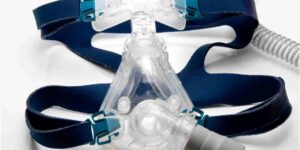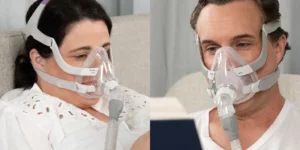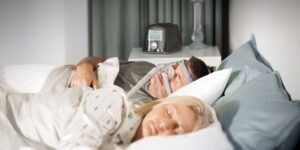Sleep apnea is a serious sleep disorder that affects millions of people worldwide. Fortunately, advancements in medical technology have made it possible to get tested for sleep apnea at home, providing a convenient and accessible option for those who may be hesitant to undergo traditional in-clinic testing. In this article, we will explore the ins and outs of sleep apnea, the importance of testing, and the steps to perform a home sleep test in Australia.
Understanding Sleep Apnea
What is Sleep Apnea?
Sleep apnea is defined as a disorder characterized by repeated interruptions in breathing during sleep. This can occur due to an obstruction in the airway (obstructive sleep apnea) or a failure of the brain to signal the muscles to breathe (central sleep apnea). The result is significant drops in oxygen levels and disrupted sleep patterns, leading to various health issues. In some cases, these interruptions can happen hundreds of times a night, severely affecting the quality of sleep and overall health. Individuals may not even be aware that they are experiencing these interruptions, as they often occur in the deeper stages of sleep.
In conclusion, understanding sleep apnea and the importance of testing can empower individuals to take control of their health. Sleep apnea test at home Australia provide a valuable alternative to traditional testing methods, making diagnosis more accessible. By following the outlined steps and interpreting results carefully, individuals can seek the necessary treatment to lead healthier, more restful lives.
The prevalence of sleep apnea is notably high among adults and can affect individuals of any age. Risk factors include obesity, old age, and anatomical factors like a thick neck or enlarged tonsils. Additionally, lifestyle choices such as smoking and alcohol consumption can exacerbate the condition. Understanding its nature is the first step in seeking help. Early diagnosis and intervention can significantly improve sleep quality and reduce the risk of associated health complications.
Symptoms and Risks of Sleep Apnea
Common symptoms of sleep apnea include loud snoring, gasping or choking during sleep, excessive daytime sleepiness, and difficulty concentrating. It’s crucial to pay attention to these signs, as they indicate a potential underlying health concern. Individuals may also experience mood swings, morning headaches, and a dry mouth upon waking, all of which can further impact daily life and relationships. The cumulative effect of poor sleep can lead to a decreased quality of life and increased risk of accidents due to drowsiness.
Moreover, untreated sleep apnea poses significant health risks. It can lead to cardiovascular issues, high blood pressure, irritability, and even diabetes. Studies have shown that individuals with sleep apnea are at a higher risk for heart disease and stroke. By recognizing the symptoms early, individuals can look to get tested and prevent further health complications. Treatment options vary from lifestyle changes and continuous positive airway pressure (CPAP) therapy to surgical interventions, depending on the severity of the condition. Seeking professional advice is essential for anyone who suspects they may be suffering from sleep apnea, as timely intervention can lead to a healthier, more restful life.
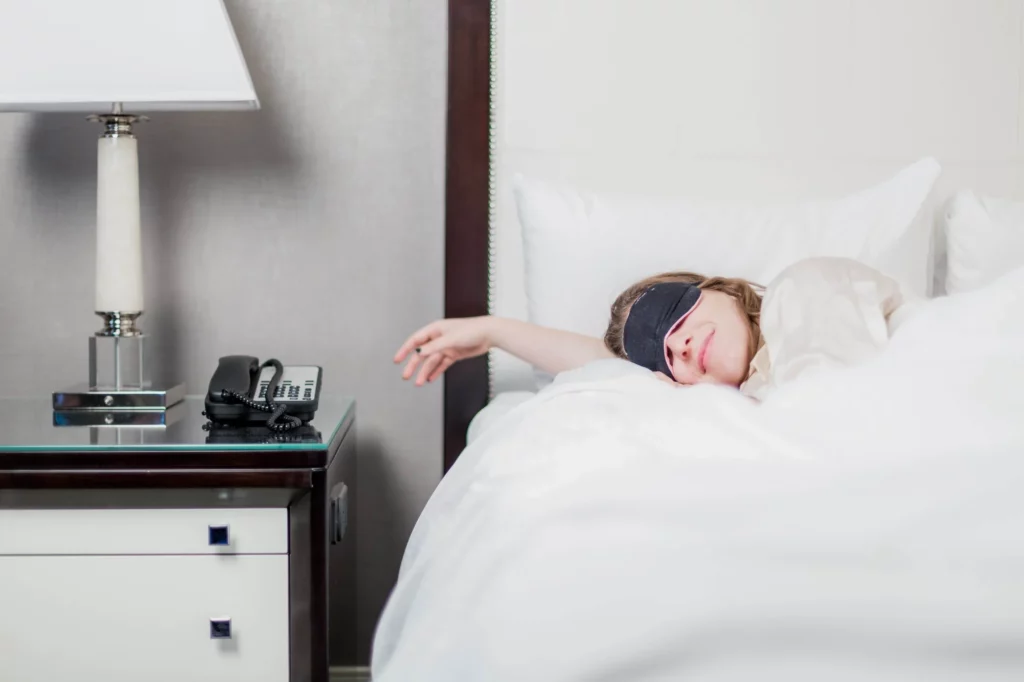
The Importance of Sleep Apnea Testing
Why Should You Get Tested?
Getting tested for sleep apnea is vital for multiple reasons. Firstly, it allows for an accurate diagnosis, enabling healthcare providers to recommend appropriate treatment plans. Early detection is key, as treatment can significantly enhance the quality of life and mitigate health risks associated with the disorder.
Additionally, sleep apnea testing can provide insight into the severity of the condition, guiding the choice of treatment options that may include lifestyle changes, CPAP therapy, or even surgery in severe cases. Understanding the specific type of sleep apnea—whether obstructive, central, or complex—can also tailor the treatment approach, ensuring that patients receive the most effective care for their unique situation. For instance, those with obstructive sleep apnea may benefit from weight loss and positional therapy, while others might require more advanced interventions.
The Consequences of Untreated Sleep Apnea
The consequences of neglecting sleep apnea can be dire. Individuals may experience chronic fatigue, which can impact work performance and personal relationships. Increased risk of accidents, particularly in driving and hazardous professions, is another significant concern. Learn more about chronic on http://cmcd.sph.umich.edu/about/about-chronic-disease/
Furthermore, untreated sleep apnea can lead to serious long-term health complications such as heart disease, stroke, and metabolic disorders. This highlights the importance of seeking testing and intervention promptly. The condition can also exacerbate existing health issues, such as diabetes and hypertension, creating a vicious cycle that can be hard to break. Moreover, the psychological effects, including anxiety and depression, can be profound, as the constant struggle with sleep deprivation takes a toll on mental health. Addressing sleep apnea not only improves physical well-being but can also enhance emotional resilience and overall life satisfaction.
Overview of Sleep Apnea Home Tests in Australia
What is a Home Sleep Test?
A home sleep test (HST) is a simplified version of a traditional sleep study that can be conducted in the comfort of your home. Typically, these tests involve a portable monitoring device that records your breathing patterns, oxygen levels, heart rate, and other essential parameters while you sleep.
Home sleep tests have gained popularity because they are often more convenient, less expensive, and allow individuals to sleep in their own environment. However, it’s vital to ensure these tests are conducted with the right equipment and protocols to yield accurate results. The devices used in HSTs are designed to be user-friendly, often featuring easy-to-follow instructions and minimal setup requirements. This accessibility has made it easier for patients to engage in their own health monitoring without the stress or discomfort that can accompany a hospital setting.
Moreover, the data collected from these tests can be crucial for identifying patterns that are indicative of sleep apnea, such as intermittent pauses in breathing or significant drops in oxygen saturation levels. In Australia, many healthcare providers are now recommending HSTs as a first-line diagnostic tool, particularly for patients exhibiting classic symptoms like loud snoring, daytime fatigue, and difficulty concentrating.
How Reliable are Home Sleep Tests?
Home sleep tests can be reliable, especially for diagnosing obstructive sleep apnea. Studies have shown that in many cases, HST results correlate well with those obtained from in-lab polysomnography.
However, it’s necessary to acknowledge that home tests might not capture all complexities of sleep apnea. For instance, they may not adequately assess central sleep apnea or other sleep disorders. Therefore, consulting with a healthcare provider is essential to determine whether a home sleep test is appropriate for you. In some cases, a physician may recommend a follow-up in-lab study to gain a more comprehensive understanding of your sleep patterns, especially if the HST results are inconclusive or if there are additional symptoms present.
Furthermore, the accuracy of home sleep tests can also be influenced by various factors, including the quality of the device used, the patient’s adherence to the testing protocol, and individual variations in sleep behavior. Patients are encouraged to maintain a sleep diary leading up to the test, noting any irregularities or patterns that could assist healthcare providers in interpreting the results more effectively. This proactive approach not only enhances the reliability of the test but also empowers patients to take a more active role in their health journey.
Steps to Get Tested for Sleep Apnea at Home
Ordering Your Home Sleep Test
The first step in getting tested for sleep apnea at home is to consult with a healthcare professional. This can be a general practitioner or a sleep specialist who can assess your symptoms and medical history.
Upon evaluation, if warranted, they will prescribe a home sleep test. Many providers offer the option to order the device online, making it convenient for patients. Be sure to follow the guidelines provided by your healthcare provider regarding preparing for the test.
It’s important to note that some insurers may cover the cost of home sleep tests, so checking with your insurance provider beforehand can help alleviate any financial concerns. Additionally, many healthcare providers are now utilizing telemedicine to conduct consultations, which can save you time and allow you to get the process started from the comfort of your home. This accessibility is particularly beneficial for those living in remote areas or for individuals with mobility issues.
Raed about private sleep study cost at: Private Sleep Study Cost
Performing the Test: A Step-by-Step Guide
Once you receive the home sleep testing equipment, follow these steps to ensure accurate results:
- Set Up the Equipment: Carefully read the instructions on how to set up the device. Attach the necessary sensors to your body as outlined in the manual.
- Prepare Your Sleep Environment: Ensure your sleeping area is calm and dark to facilitate quality sleep.
- Maintain Regular Sleep Habits: It’s essential to go to bed and wake up at your usual times to get authentic results.
- Wear the Device as Instructed: Make sure the device is worn throughout the entire night.
- Return the Device: Follow the instructions for returning the device promptly after the test is completed.
Following these steps carefully will help obtain the most accurate data for your evaluation. Additionally, consider keeping a sleep diary leading up to the test. Documenting your sleep patterns, including any disturbances, can provide valuable insights for your healthcare provider when interpreting the test results. Furthermore, if you have any pre-existing conditions or are taking medications that could affect your sleep, be sure to discuss these with your doctor, as they may influence the testing process and outcomes. To read more about medications click here.
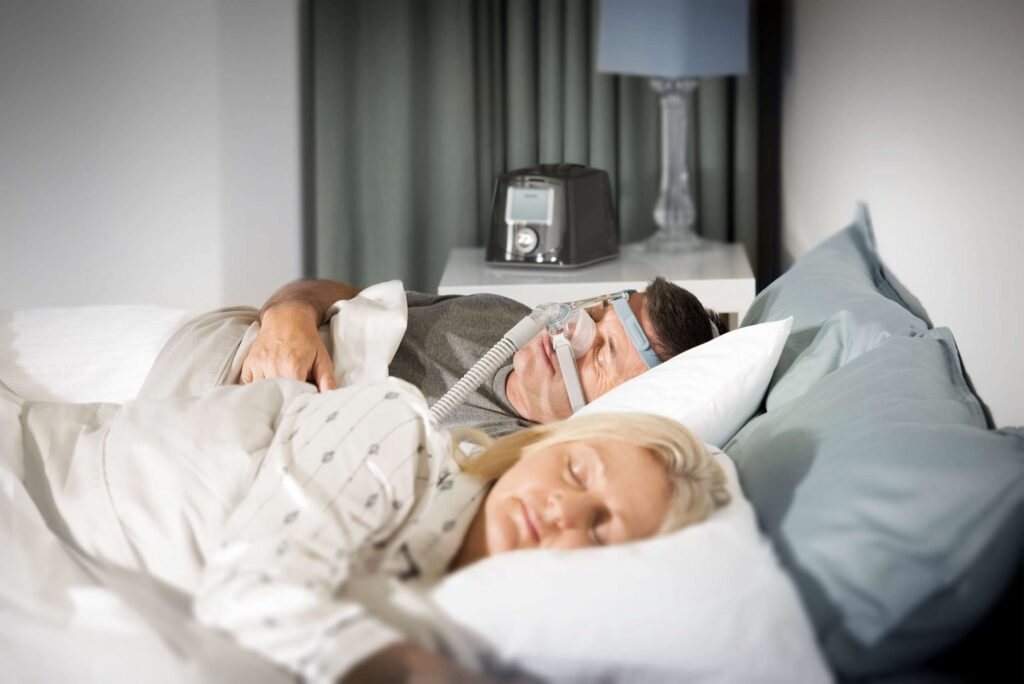
Interpreting Your Sleep Apnea Test Results
Understanding Your Test Results
After your home sleep test, results will be reviewed by a healthcare professional, who will interpret the data collected during your sleep. Key metrics to look for include the apnea-hypopnea index (AHI), which measures the number of apneas and hypopneas you experienced per hour of sleep.
An AHI score of less than five is generally considered normal, while scores of five to fifteen indicate mild sleep apnea, and higher scores suggest varying degrees of severity. Understanding these figures can provide insights into your sleep health. Additionally, your healthcare provider may also evaluate other factors such as oxygen saturation levels and the duration of sleep disruptions, which can further inform the severity of your condition and the potential impact on your overall health.
What to Do After Receiving Your Results
Once you have your results, it’s crucial to schedule a follow-up consultation with your healthcare provider. They will discuss the findings, answer any questions, and recommend appropriate treatment options based on the severity of your condition.
Possible treatment approaches may include lifestyle modifications, continuous positive airway pressure (CPAP) therapy, oral appliances, or surgery, depending on individual needs and preferences. Lifestyle changes such as weight loss, quitting smoking, and avoiding alcohol can significantly improve symptoms for some individuals. Furthermore, your provider may suggest positional therapy, which involves sleeping in a specific position to reduce airway obstruction, particularly for those whose apnea is more pronounced when sleeping on their back.
Overall, taking action based on your test results is essential to improve your sleep quality and overall well-being. Engaging in discussions with support groups or forums can also provide additional insights and encouragement as you navigate your treatment options. Connecting with others who share similar experiences can be invaluable in understanding the journey ahead and finding effective strategies for managing sleep apnea.


